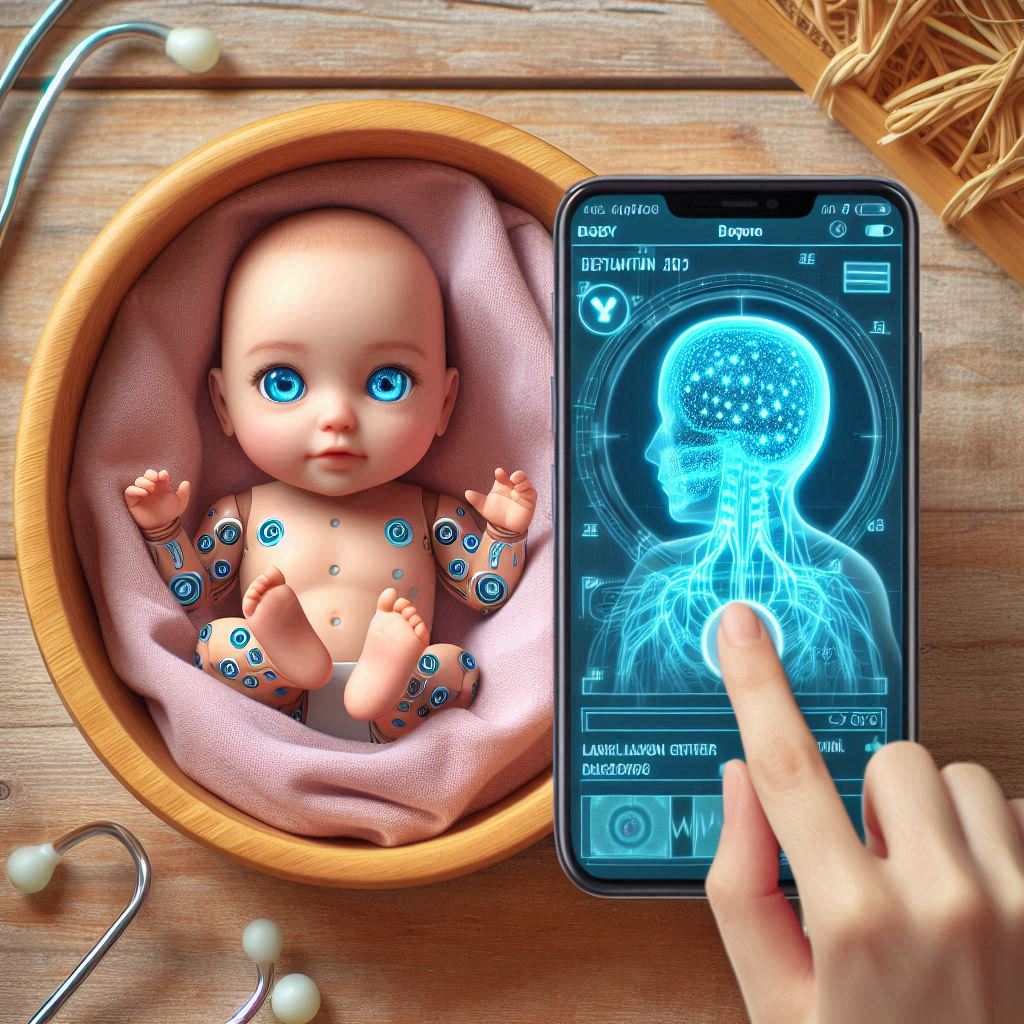AI Baby Generator – See Your Future Baby with AI
In the age of artificial intelligence and digital transformation, the way we perceive human relationships, genetics, and imagination is being radically reshaped. One such groundbreaking innovation is the AI Baby Generator — a fascinating application of machine learning and computer vision that allows individuals or couples to visualize what their future child might look like. Once confined to whimsical curiosity or the domain of speculative fiction, this idea has now been transformed into a real-world tool available through mobile apps, websites, and even integrated social media platforms.
The AI Baby Generator uses complex neural networks, facial recognition algorithms, and genetic prediction models to blend the features of two individuals and generate a realistic image of a hypothetical baby. While the results are meant primarily for entertainment, the underlying technology represents a profound intersection between data science, genetics, and psychology. The journey of AI Baby Generators is not just a story of technological innovation, but also one of ethical consideration, emotional engagement, and societal impact.
This preface serves as an introduction to the concept, design, purpose, and implications of AI Baby Generators. It is intended for readers who are curious about how artificial intelligence is making its way into intimate and personal spaces, and how these tools may evolve to influence broader aspects of human life, including relationships, family planning, and even health forecasting.
Understanding the Technology Behind AI Baby Generators
At its core, an AI Baby Generator relies on a combination of facial recognition, image processing, and deep learning techniques. The input typically consists of photos of two individuals — often a couple — which the system analyzes for key facial features such as eye shape, jawline, nose structure, skin tone, and hair type. These features are then fed into a generative model, such as a GAN (Generative Adversarial Network), which creates a synthetic image of a baby that embodies blended traits from both parents.
The sophistication of the technology varies across different platforms. Some tools offer cartoon-style renderings or simple morphs, while more advanced systems provide photorealistic representations. In more experimental or scientific contexts, developers have explored integrating genetic data and ancestry information to increase the accuracy and realism of the generated baby faces. This introduces a new dimension of complexity, as the systems begin to mimic — albeit in a simplified manner — the processes of heredity and phenotype expression.
Applications and Use Cases
The primary use of AI Baby Generators today is entertainment. Users enjoy sharing hypothetical images of their “future babies” with friends and family or on social media. These images can elicit emotional reactions, inspire conversations, or simply provide amusement. For couples, it may also spark deeper discussions about shared dreams of parenthood or genetics.
Beyond entertainment, some developers and researchers are exploring more practical applications. For example, in the field of reproductive counseling, AI-generated baby previews may help couples understand genetic outcomes or feel more emotionally connected to the idea of having children. However, such uses remain largely speculative and are subject to ongoing ethical review.
Psychological and Social Impact
The emotional reactions to AI-generated baby images vary widely. For some, the images evoke joy, hope, or curiosity. For others, especially those dealing with infertility, loss, or relationship issues, the images can trigger complex emotional responses. It is important for developers and users alike to recognize the emotional weight these images can carry and to use the tools responsibly and respectfully.
As we venture further into the age of AI-driven experiences, the story of the AI Baby Generator is not just about imagining a face. It is about envisioning the future of human connection through the lens of technology.
